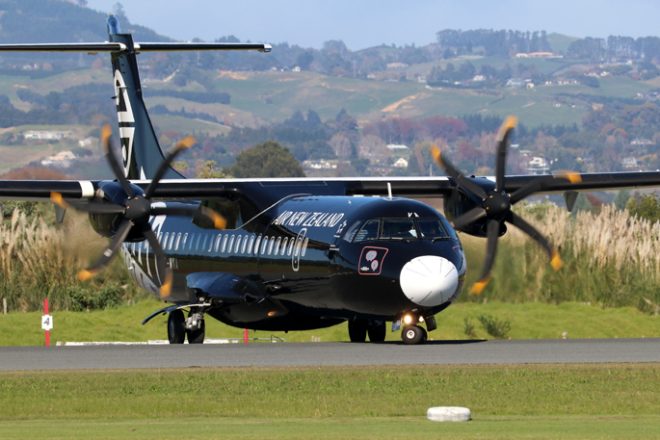中国とニュージーランドの直行便が新たに就航し、定員が大幅に増加し、月間数千席の座席数が増え、観光、国際教育、貿易を支援します。
中国南方航空の新路線には、広州-クライストチャーチ路線の復活と、広州-オークランド間の3つの追加便の導入が含まれます。
クリス・ヒプキンス首相は、
「国境が開かれ、観光客が戻ってくる中、中国はニュージーランドにとって依然として重要な観光市場です。今週の発表により、中国からの訪問がさらに容易になり、景気回復の促進に役立つでしょう」と述べています。
「これらの路線が増えることで、両国間の航空便の直接接続が増え、2023年9月までに新型コロナウイルス以前のレベルの 80% 以上に達すると予想されています。
「収容人数の増加により、月間座席数が約7000席増える見込みです。
「クライストチャーチへの新しい直行便は、特に南島への訪問を支援し、観光セクターの継続的な回復を支援します。
「特に中国市場では、国際教育や生活必需品の貿易を支援することでキャパシティの改善がプラスの効果をもたらすため、航空便の増強を続けることが経済成長にとって不可欠です。
「環境問題に対する国内外の消費者の意識は高まっています。
「中国は我が国の輸出総額のほぼ4分の1を占め、新型コロナウイルス以前は2番目に大きな観光客の供給源であり、留学生の重要な供給源でもあったため、中国の経済回復には欠かせない存在です。
「調査によると、中国人観光客は年間を通じて旅行し、地域全体でさまざまな活動を行う傾向にあります。この種の質の高い訪問は、モトゥ全体のセクターとコミュニティを持続的に支えています」とPeeni Henare氏は言います。





























































